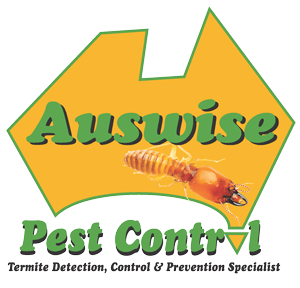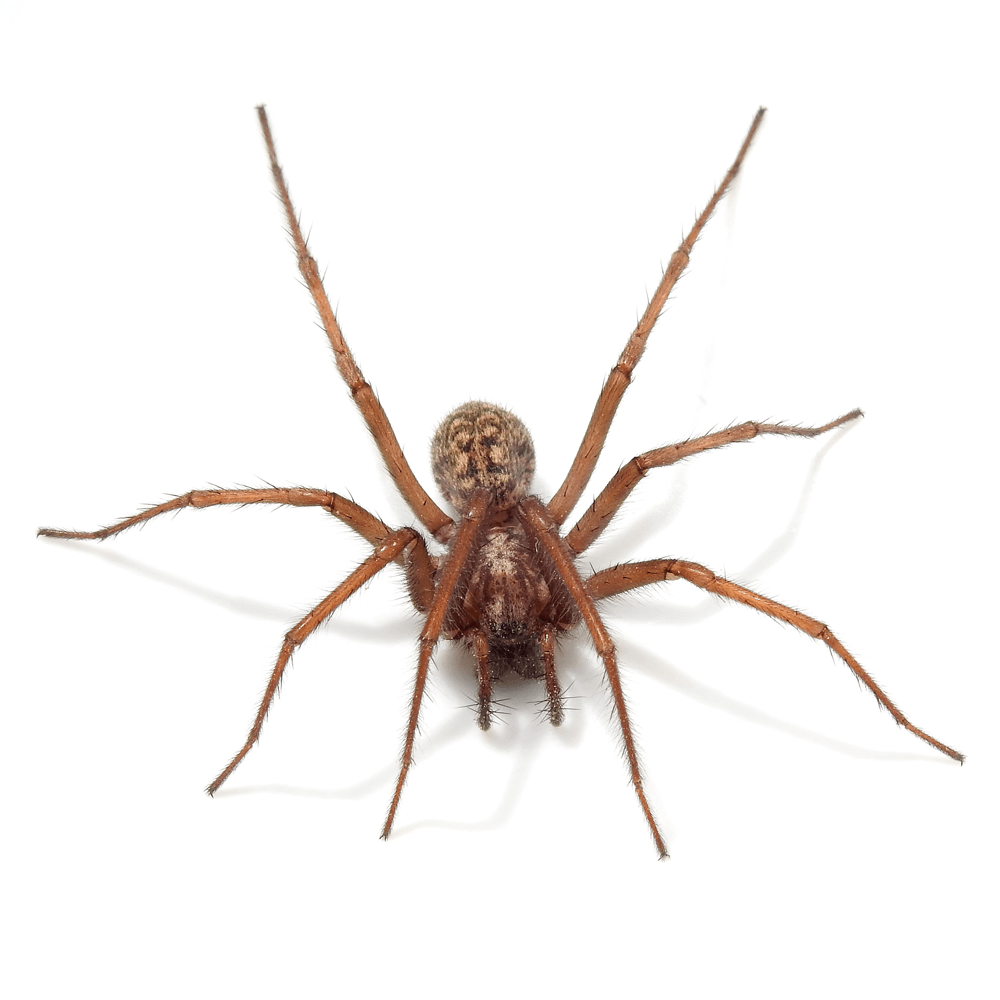Many spiders create webs in your home around light fittings, doors, windows, eaves, and other areas, which can be unsightly. But for many clients, the thought of having a Huntsman roaming your home is also very frightening. While some species are quite harmless and pose no threat to us, there are many whose bites can be fatal, especially for children.
Spiders seek out safe places to hide away out of sight while remaining close to their food sources of choice. Indoor and outdoor plants are especially attractive to them as plants are their natural habitat. Indoors, spiders will also make their homes in closets, attics, underneath furniture, in storage areas and cardboard boxes, and just about any crack or hole they can find.
If they can find food sources, spiders are prone to move inside buildings where they can find warm and dry conditions to nest and build their webs. Spiders move quickly into attics and other enclosed spaces that are accessible from overhanging foliage or other plants.
In South East Queensland, being bitten by a species such as the Red-Back or Funnel Web Spiders will mean a hospital visit and can be life-threatening if left untreated.
Red Back Spider
Identification: Abdomen has red or orange stripe above, hourglass-shaped red or orange spot below. Females have a body about the size of a pea and slender legs. The tiny males (only about 2-3mm long) are not dangerous. Vertical, sticky, catching threads run to the ground from the tangled retreat web above. Webs are built in dry, sheltered sites.
Bite: Red Back bites frequently occur, especially in the warmer months. Bites can cause severe illness, and some have caused deaths. Anti-venom is available – no deaths have occurred since its introduction.
Funnel Web Spiders
Identification: Found in eastern Australia. There are about 40 species. They are a large spider (1.5-4.5cm body length) with a glossy carapace. Males often have a ventral spur or swelling midway along the second leg. Spinnerets are usually evident at the end of the abdomen, the last segment longer than wide. This spider burrows in sheltered habitats. Irregular silk trip lines radiate out from the burrow entrance. Males leave their burrows to wander in search of females during summer/autumn. Bites are most prevalent during this period.
Bite: Dangerous. Can cause serious illness or death. The male’s venom can sometimes be more toxic than the female. Anti-venom is available – no deaths have occurred since its introduction.
Huntsman Spider
Identification: Species are widely distributed in Australia. Large, long-legged spiders (up to 15cm across), mostly grey to brown, legs are sometimes banded.
Bite: Badge and Tropical Huntsman bites can be painful and may cause headache or nausea.
Black House Spider
Identification: Common in urban areas. They are dark, robust spiders (1-1.5cm body length). Their webs form untidy, lacy silk sheets with a funnel-like entrance(s). They are found on tree trunks, rock walls and buildings (in window frames, wall crevices and at cornices, etc.).
Bite: They are timid spiders. Bites are infrequent, but some may be quite painful and have other transient symptoms like nausea.
Auswise Pest Control is Your Spider Solution
Spider control requires the safe use of state-of-the-art pesticides designed explicitly for spider extermination. Follow up inspections of proper monitoring devices and traps provides us with vital feedback to evaluate the spider control plan, and whether any changes are needed to eliminate spiders and prevent future infestation effectively. We use modern and safe, professional materials and techniques to identify what types of spiders you have on your property.
If you have spiders or webs in your home, there is no need to risk trying to eliminate them yourself. Call on us immediately for a thorough and professional inspection. Auswise Pest Control will give you sound professional advice and implement a spider management plan for your home to get rid of these dangerous pests permanently.

